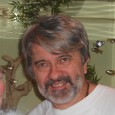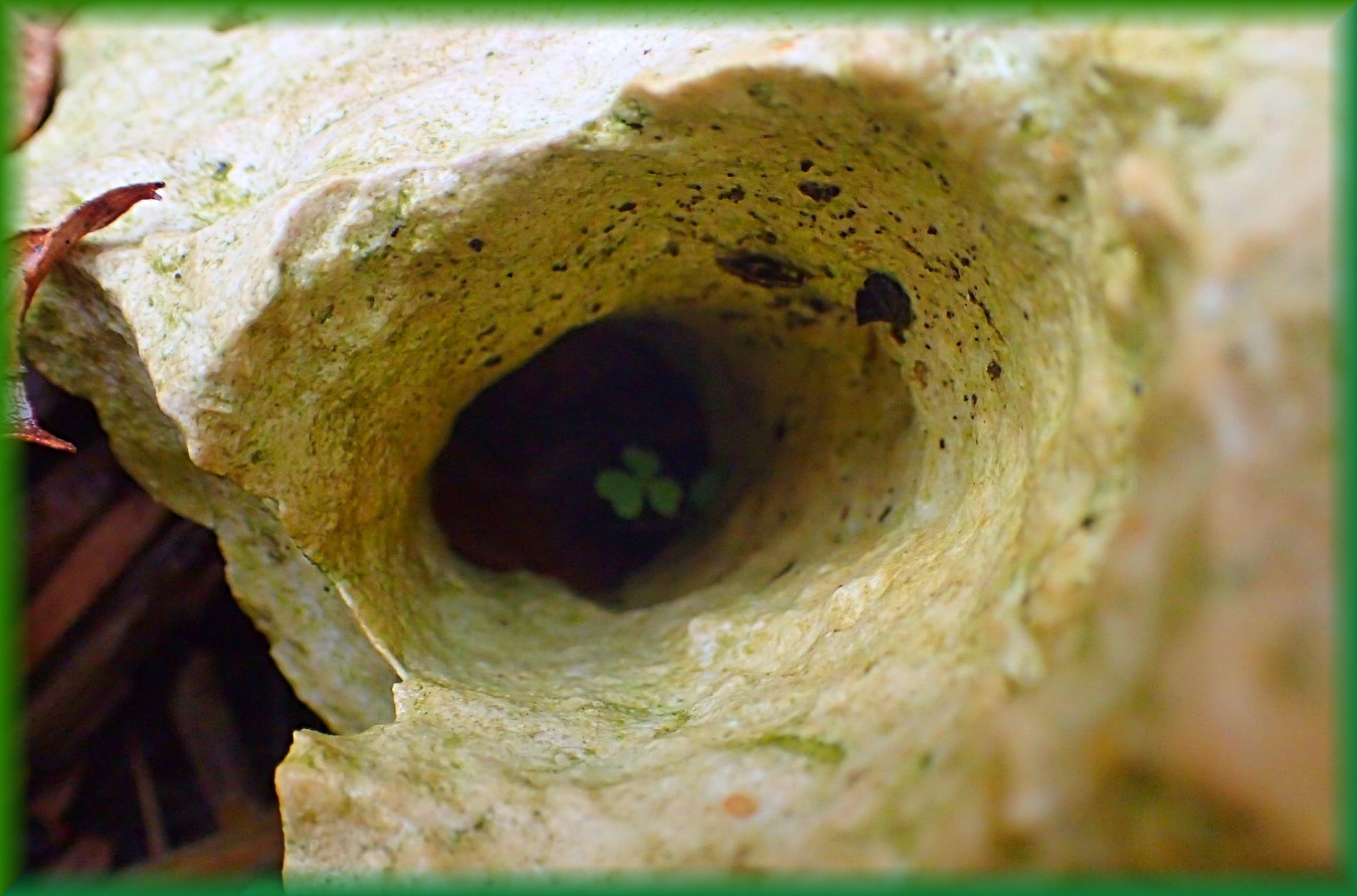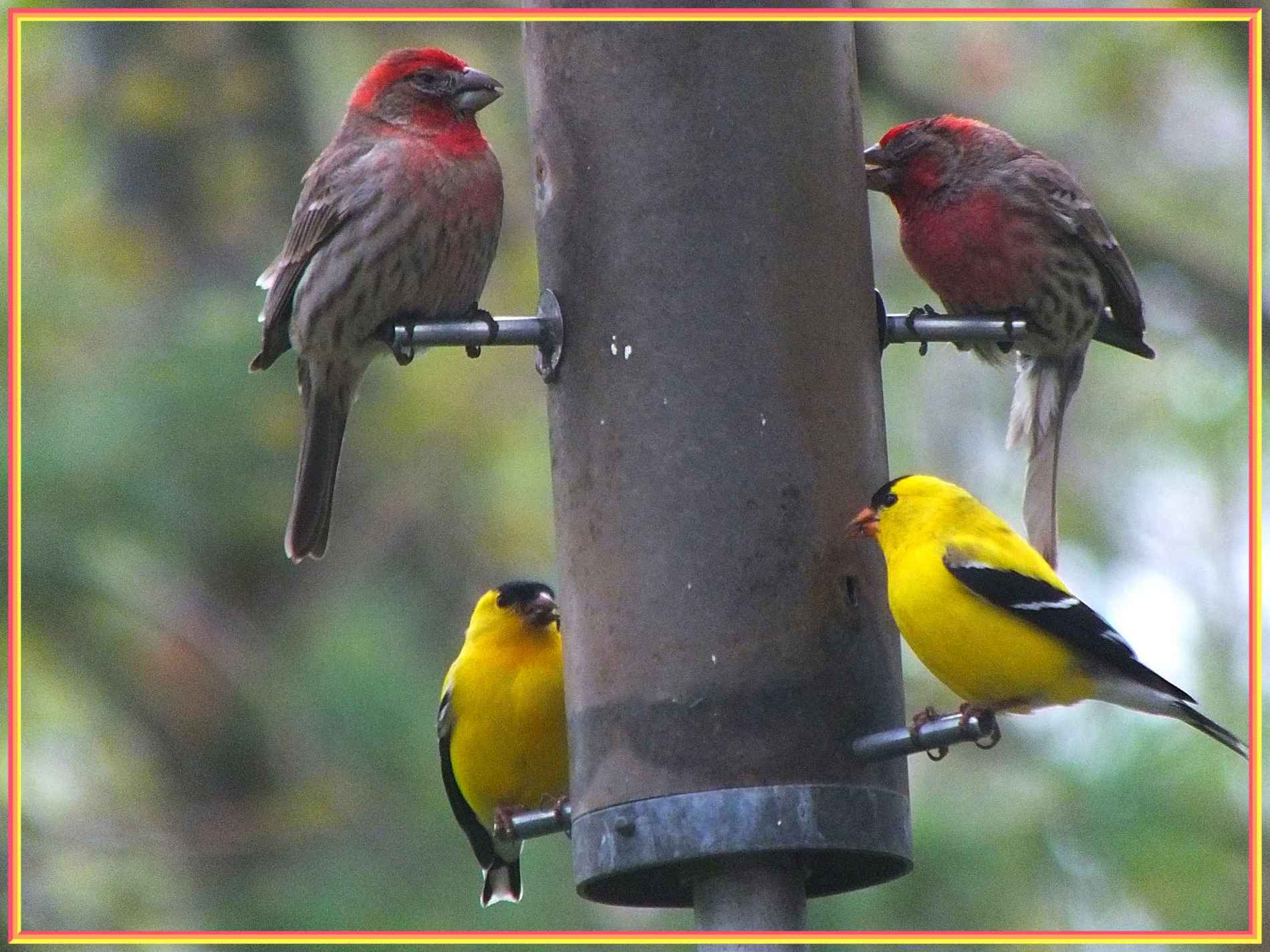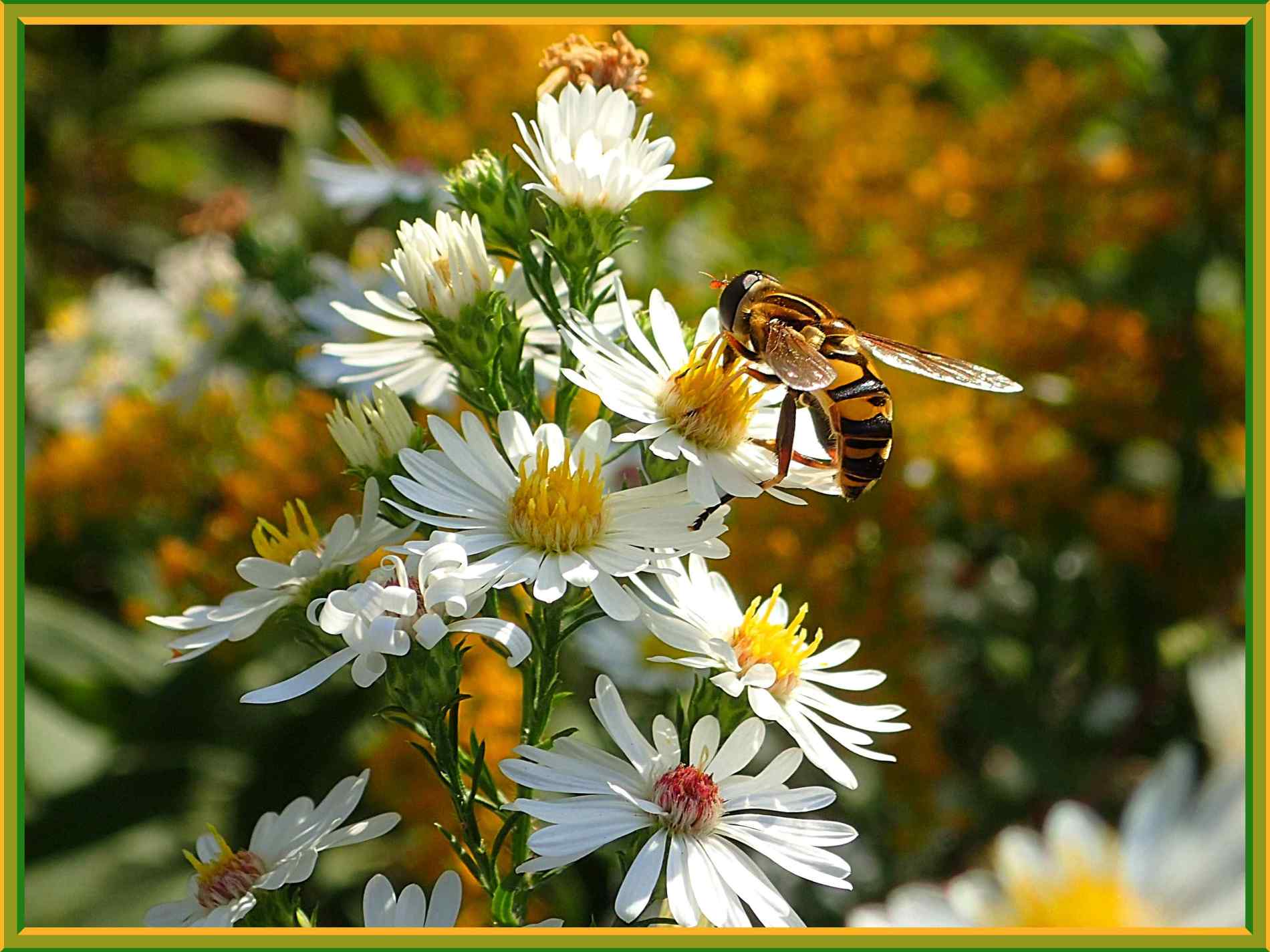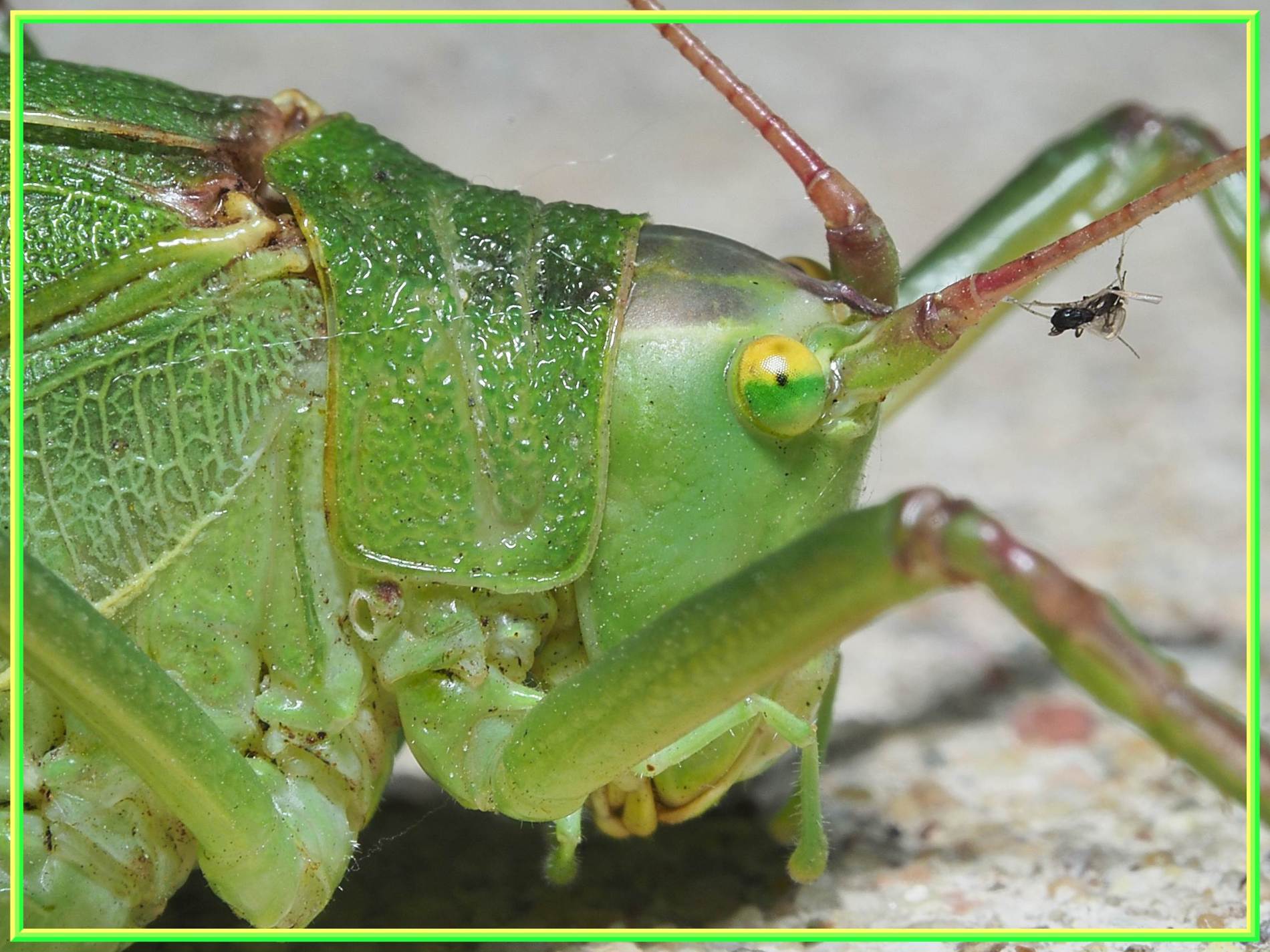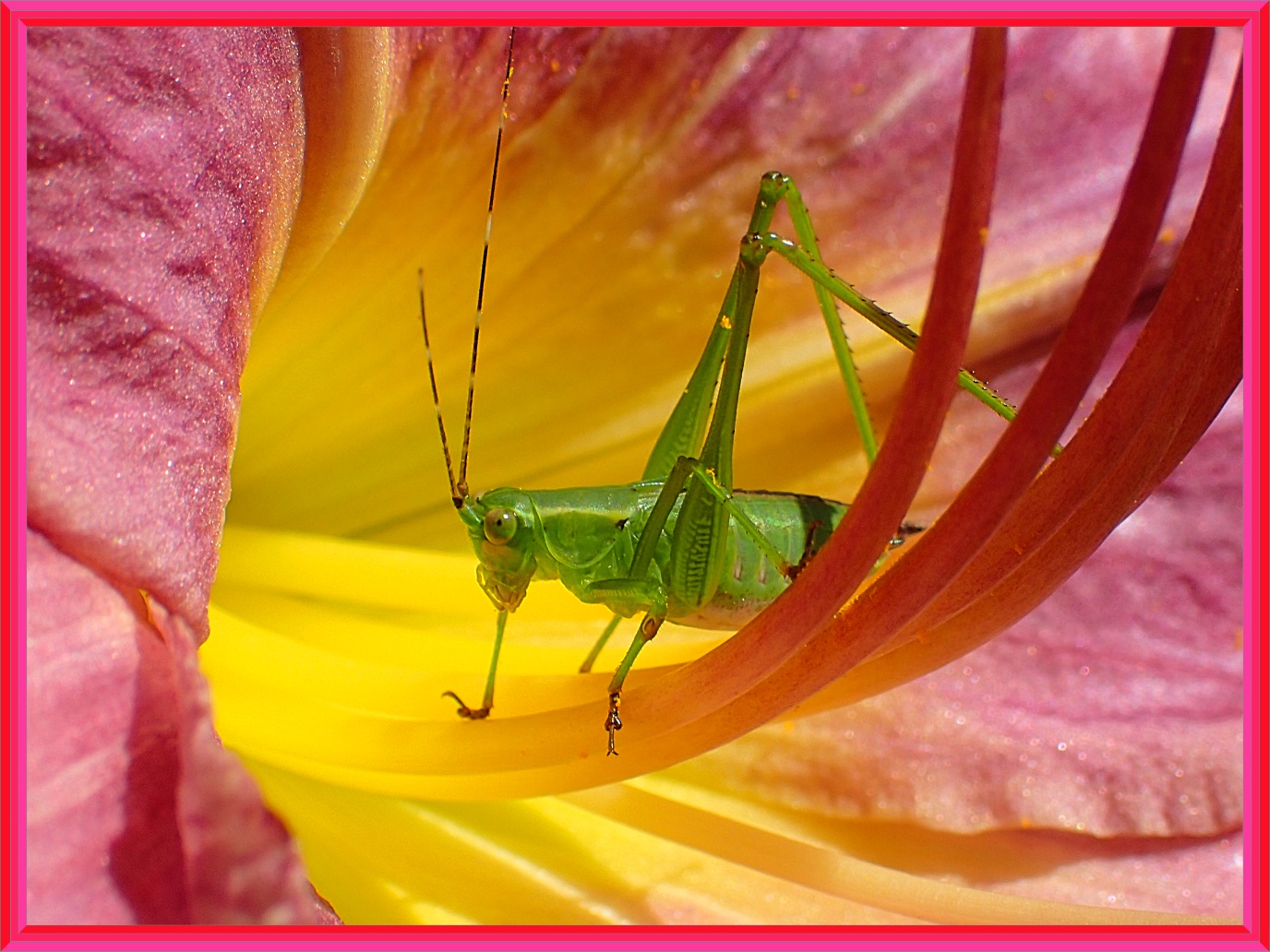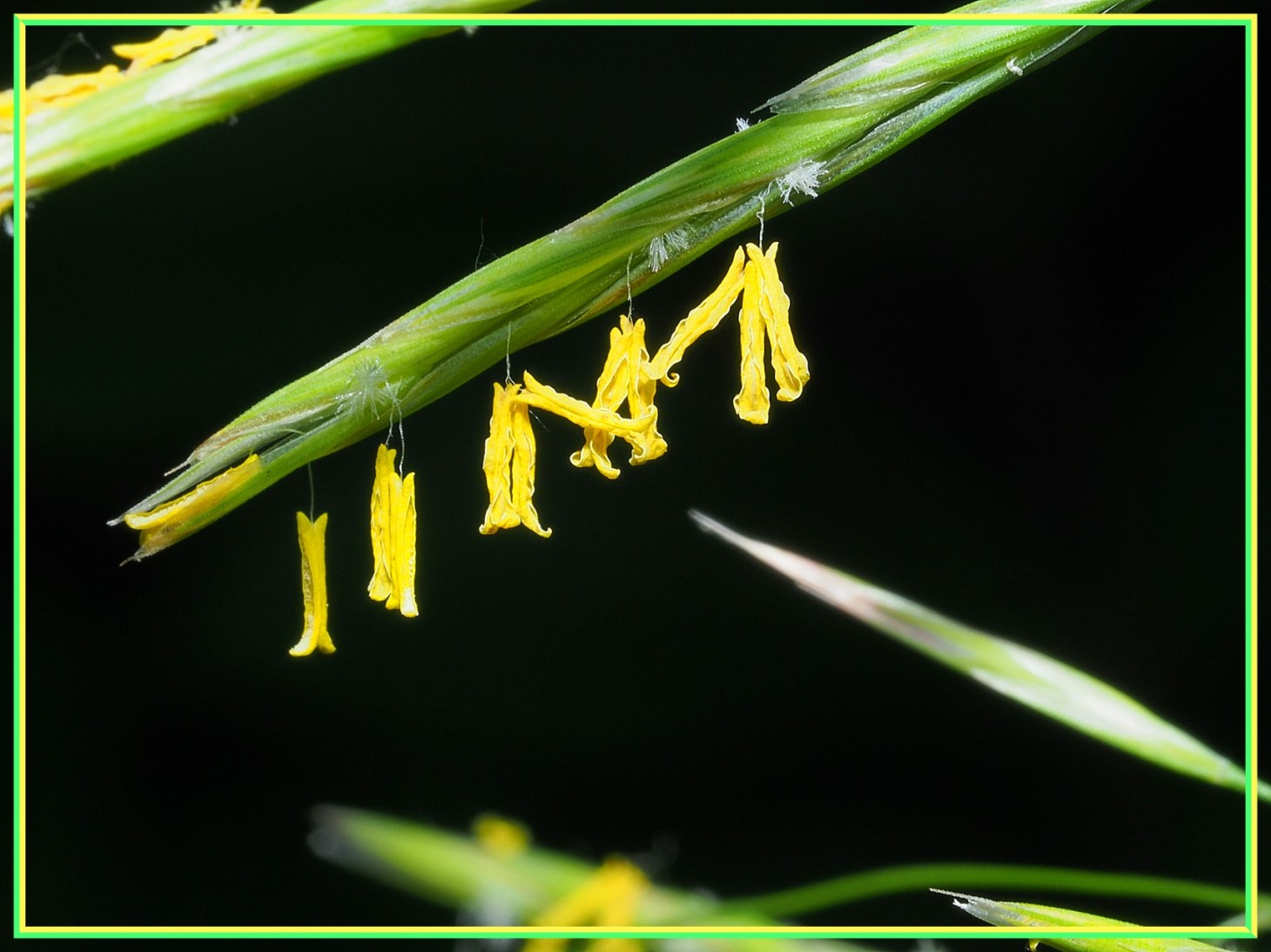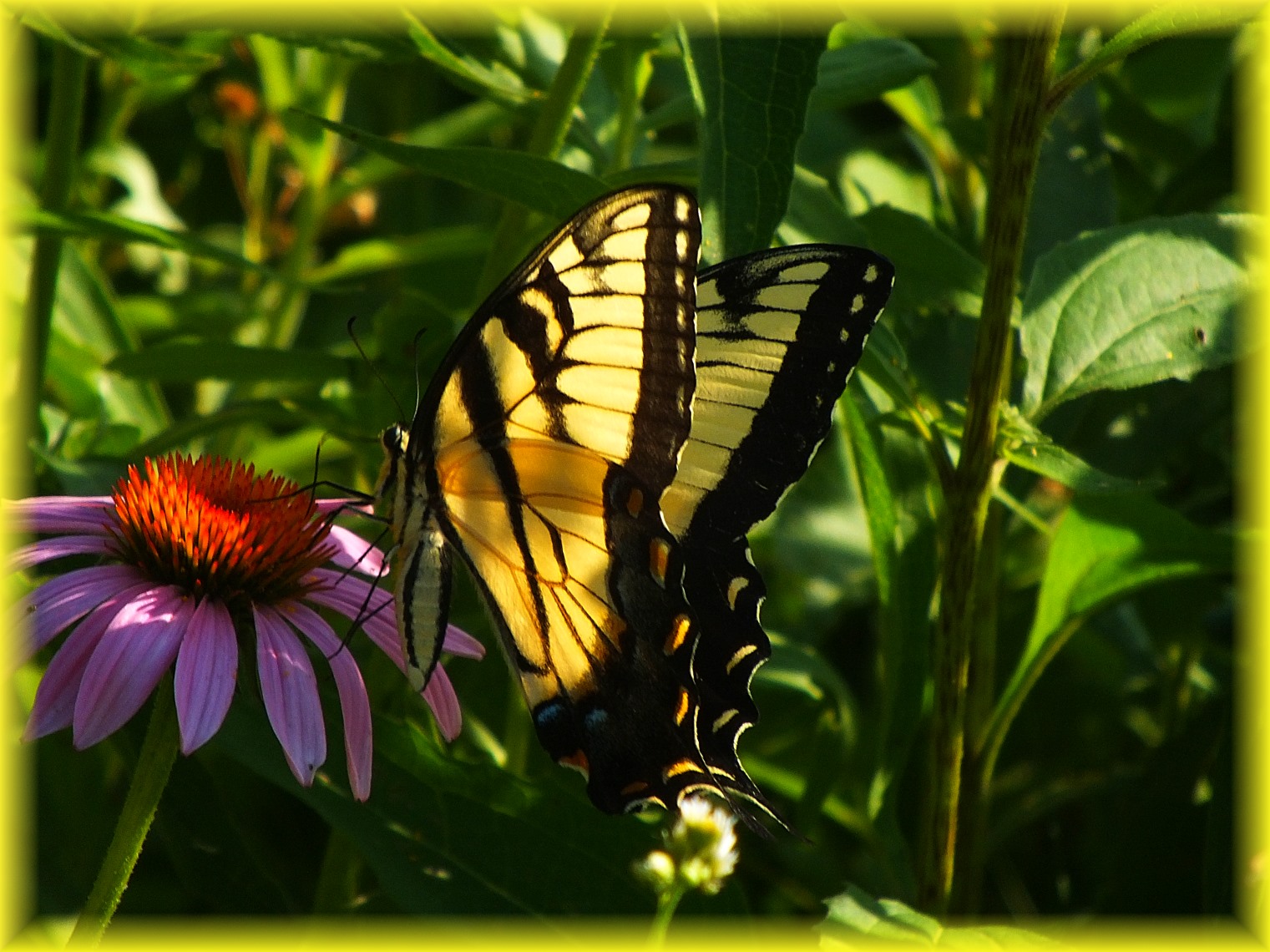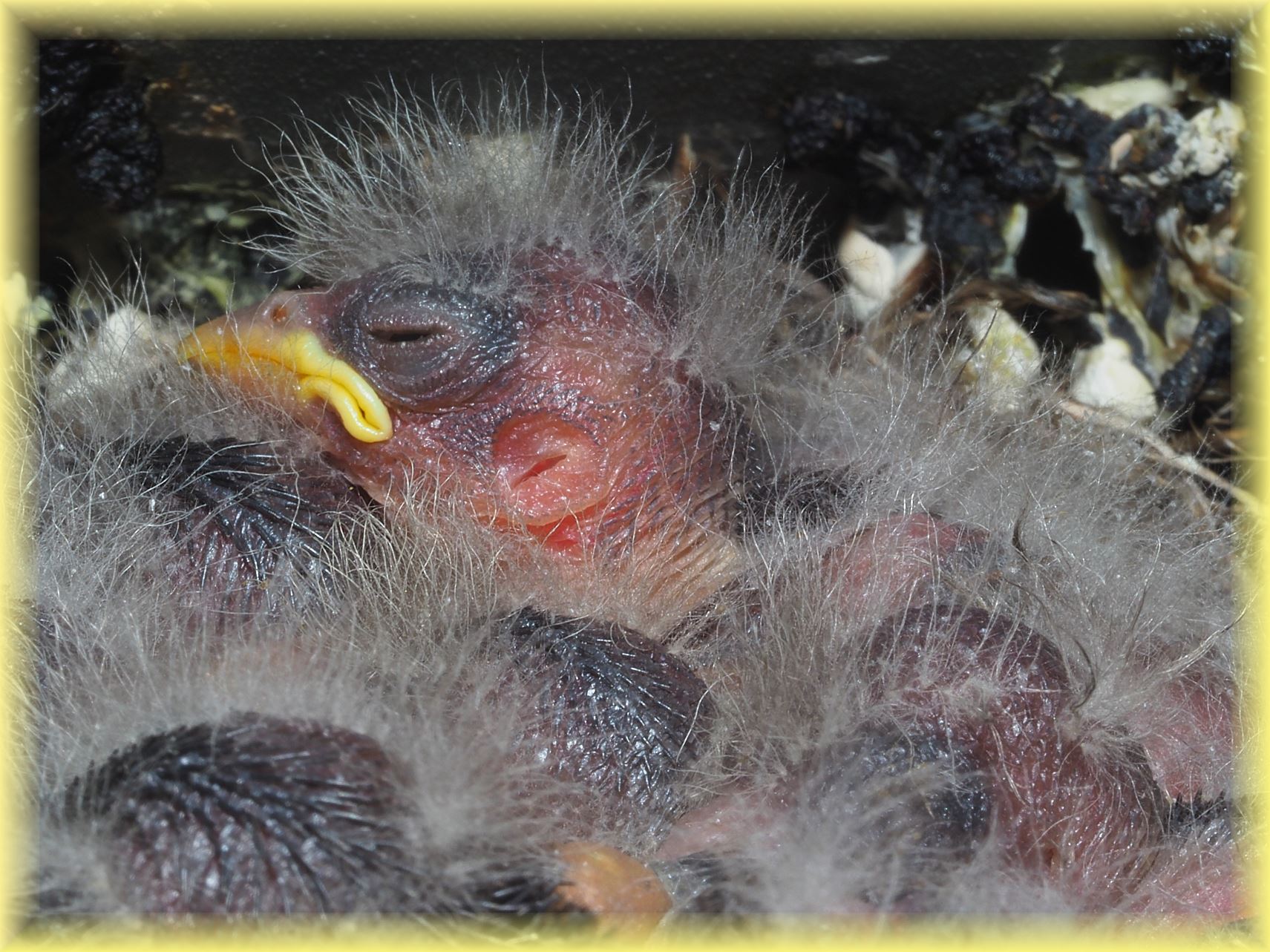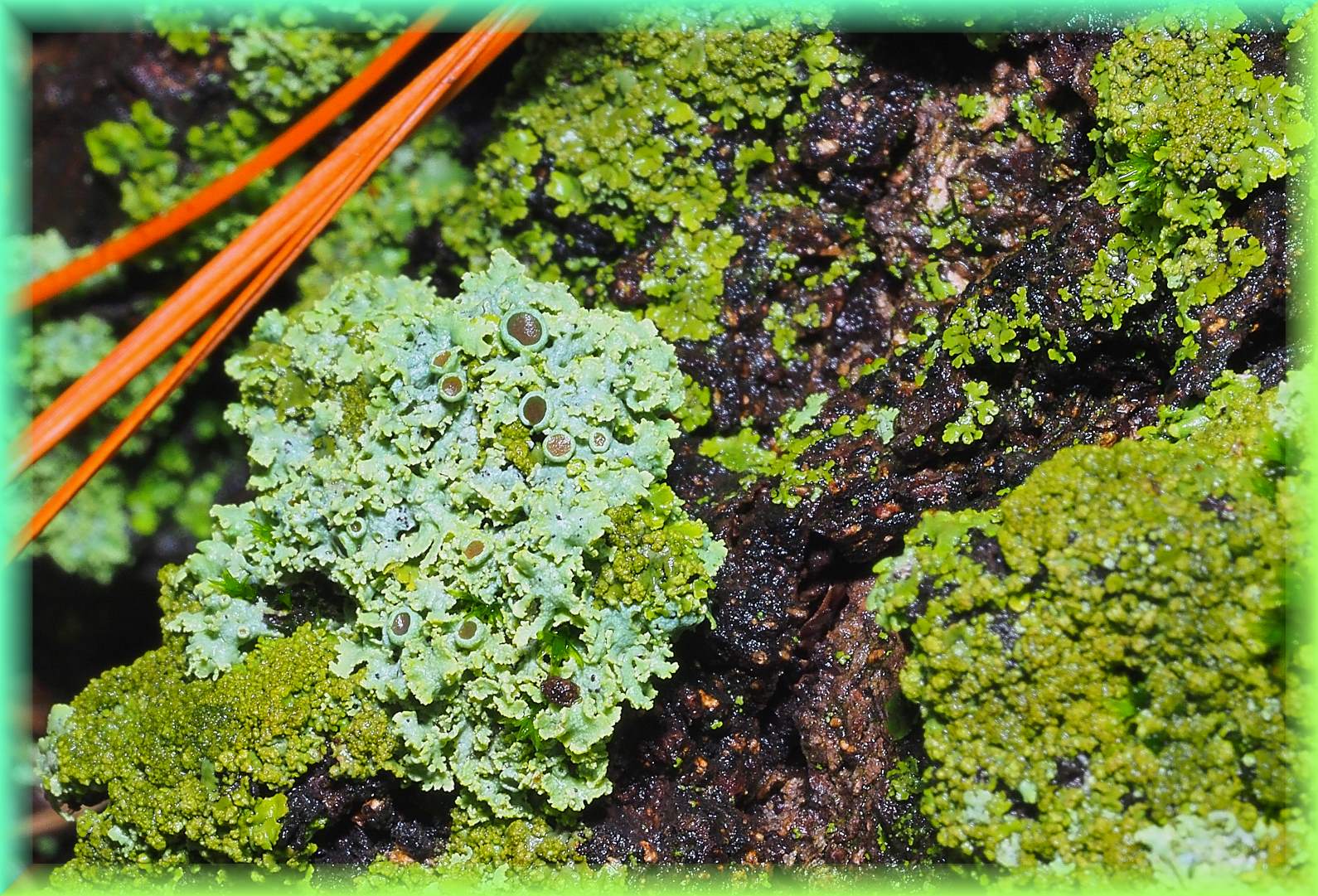We are all aware of the bloodshed and fighting between the Palestinians and the Israelis. Then there’s Russia and Ukraine, as well as other wars and conflicts taking place worldwide. The mass shootings in America and other areas also come to mind. We human beings do not learn from our mistakes, it seems. We keep on contributing to war and violence.
We need to get to the root of the problem. If getting to the root of the problem makes us feel uncomfortable and annoyed, it doesn’t matter. We need to drop our separative stances (that contribute significantly to why these terrible problems exist). More wars have been fought in the name of religion than for any other reason. That is one big reason why i do not belong to any organized religion. Additionally, i prefer to consider myself to be a global citizen, not just someone who belongs to one country. I’ve lived in various countries during my life. Countries are — whether we like it or not — manmade constructs that are an extension of the divisive tribalism of the past. We are all like the fingers of a hand. The index finger may seem separate from the middle or ring finger but it isn’t. We are all of one whole. Kill another and you are killing yourself.
This outward separation and conflict in the world is a protrusion from the inner separation and conflict within the minds of most of us. This internal conflict must end for the vast external conflict and violence to end. Many people cling to what seems to be “easy security,” by belonging to old, manmade structures; however, in actuality, these very structures are the antithesis of real security and are divisive extensions of the primitive past. This is a very serious thing and anyone who doesn’t want to be bothered is turning his or her back on immense order and goodness. Please be responsible.

